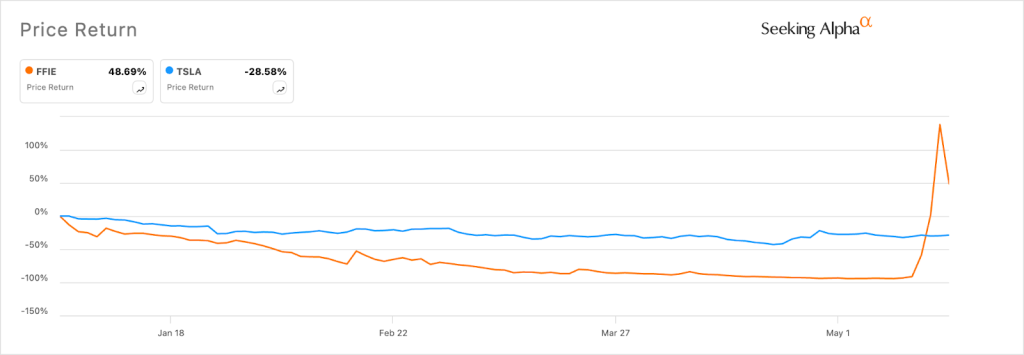China’s economy is showing some strong signs of comeback
April’s export data from China surpassed expectations, signaling a potential revival in global trade after a sluggish 2023. This report highlight China’s important role in reinvigorating international markets, as the world’s top exporter begins to regain momentum.
China’s trade dynamics are changing. April saw strong growth in exports to the ASEAN nations, nearly 13%, while transactions with the U.S. remained stable and those to the European Union saw a decline.
This highlights varied global responses to Chinese goods amid concerns over cheap imports in developed markets. Despite rising international criticisms, Beijing has not signaled any major policy changes that could jeopardize its fragile economic recovery.
Regional Trade Dynamics
Import activity also showed significant increases, with notable rises from the U.S., South Korea, Taiwan, the Netherlands, and Russia, each seeing over a 10% boost. This uptick in imports across such diverse trade partners suggests a strengthening of economic ties and mutual growth interests.
Economist David Qu of Bloomberg Economics noted the resilience of China’s export sector. “The return of export growth in April after the prior month’s drop suggests global demand for China’s products remains resilient,” Qu stated, emphasizing the role of trade in supporting China’s broader economic expansion.
This regional trade vigor is not isolated to China alone. Other Asian countries are experiencing similar uptrends. South Korea reported a near 14% rise in exports, while Taiwan reached a record high in shipments to the U.S., driven by strong American demand.
Changing Economic Focus
China is in the midst of a major economic transformation, pivoting from its traditional manufacturing-heavy framework to a more consumer and service-oriented economy. This aims to cater to the growing needs and preferences of an expanding middle class, reshaping investment and presenting new challenges and opportunities.
The expansion of China’s middle class is anticipated to surge by 80 million by 2030, significantly influencing the GDP composition, now with services accounting for over half. This evolving consumer behavior has been critical in shaping new government policies aimed at fostering innovation and enhancing domestic consumption.
The S&P China Consumption Index has been crafted to reflect these changes, focusing on sectors like Consumer Discretionary, Communication Services, and Consumer Staples, while deliberately excluding traditional sectors like Energy and Materials. This strategic focus has historically led to the index outperforming broader Chinese indices.
Innovation and Consumer Market Dynamics
China’s consumer market has encountered both challenges and rapid innovation, with changes in consumption patterns and business models evident. Post-pandemic, Chinese consumers are gravitating towards products that offer both quality and value, benefiting domestic brands that align with local preferences.
Technological advancements and policy-driven incentives have propelled new business models, such as live streaming and instant retail, enhancing the home economy through increased leisure consumption. The growing emphasis on sustainability is also shaping consumer preferences, with a noticeable trend towards eco-friendly products.

The S&P China Consumption Index is a nuanced reflection of China’s change in economic priorities, differentiating it from other major indices like the MSCI China Index and FTSE China 50. These indices, while also targeting the Chinese market, vary significantly in their sector focus and performance metrics. The S&P Index, with its consumer-centric approach, aligns closely with China’s strategic shift towards a consumption-driven economy.

![Former Staffer Nabbed for $1.9M Crypto Theft: Unpacking the Dramatic Heist Involving [Coin Name] ([Coin Symbol])](https://i0.wp.com/en.coinotag.com/wp-content/uploads/2024/05/cryptocurrencies-21.webp?fit=1792%2C1024&%23038;quality=70&%23038;ssl=1)




